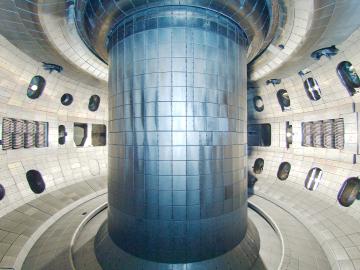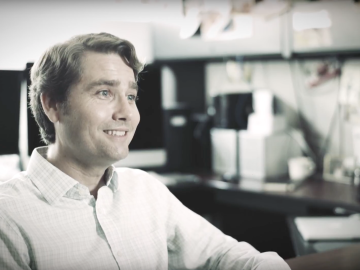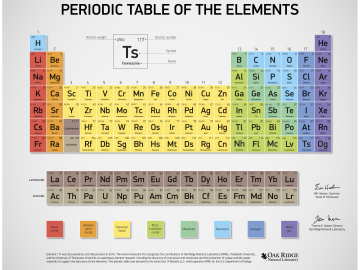Filter News
Area of Research
- (-) Nuclear Science and Technology (20)
- Advanced Manufacturing (6)
- Biological Systems (4)
- Biology and Environment (11)
- Building Technologies (2)
- Clean Energy (89)
- Climate and Environmental Systems (3)
- Computational Biology (1)
- Data (1)
- Energy Frontier Research Centers (1)
- Fossil Energy (2)
- Fuel Cycle Science and Technology (1)
- Fusion Energy (1)
- Isotope Development and Production (1)
- Materials (73)
- National Security (2)
- Neutron Science (43)
- Nuclear Systems Modeling, Simulation and Validation (1)
- Sensors and Controls (3)
- Supercomputing (40)
- Transportation Systems (1)
Media Contacts

Thanks in large part to developing and operating a facility for testing molten salt reactor (MSR) technologies, nuclear experts at the Energy Department’s Oak Ridge National Laboratory (ORNL) are now tackling the next generation of another type of clean energy—concentrating ...

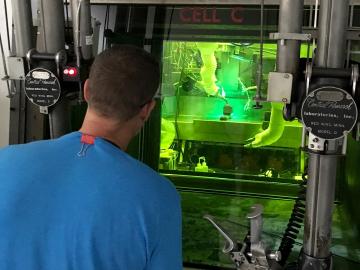
Scientists of the Department of Energy’s Light Water Reactor Sustainability Program (LWRS) and partners from the Electric Power Research Institute (EPRI) have conducted the first weld tests to repair highly irradiated materials at DOE’s Oak Ridge National Laboratory.

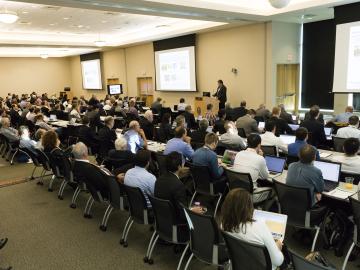
The third annual Molten Salt Reactor Workshop allowed leading voices on advanced reactors—including scientists from the national laboratory system, the Nuclear Regulatory Commission, reactor design firms and universities—to discuss current efforts in molten salt reactor work and pu...

For many scientists and engineers, the first real test of their mettle comes not in a classroom, but in a lab or the field, where hands-on experience can teach volumes. For Susan Hogle, that hands-on experience just happened to be with material that was too hot to handle—literally....

After more than a year of operation at the Department of Energy’s (DOE’s) Oak Ridge National Laboratory (ORNL), the COHERENT experiment, using the world’s smallest neutrino detector, has found a big fingerprint of the elusive, electrically neutral particles that interact only weakly with matter.
